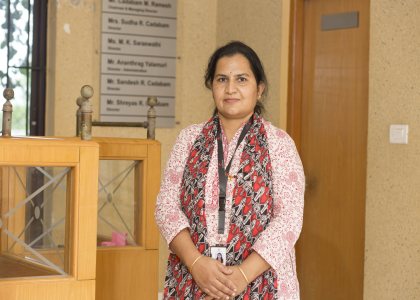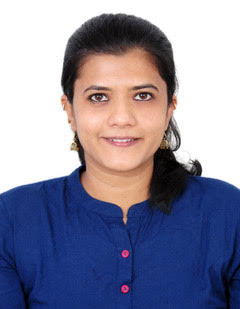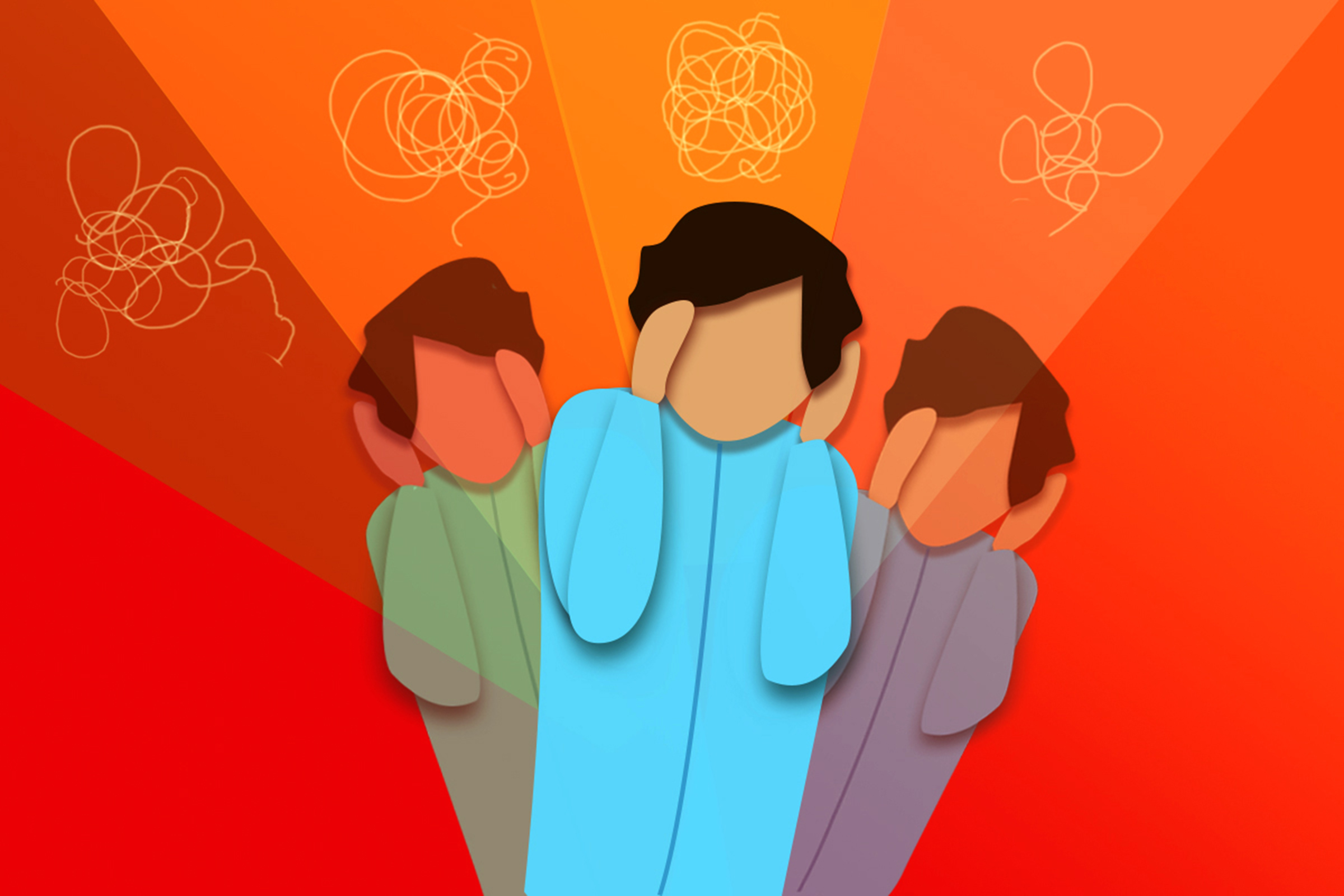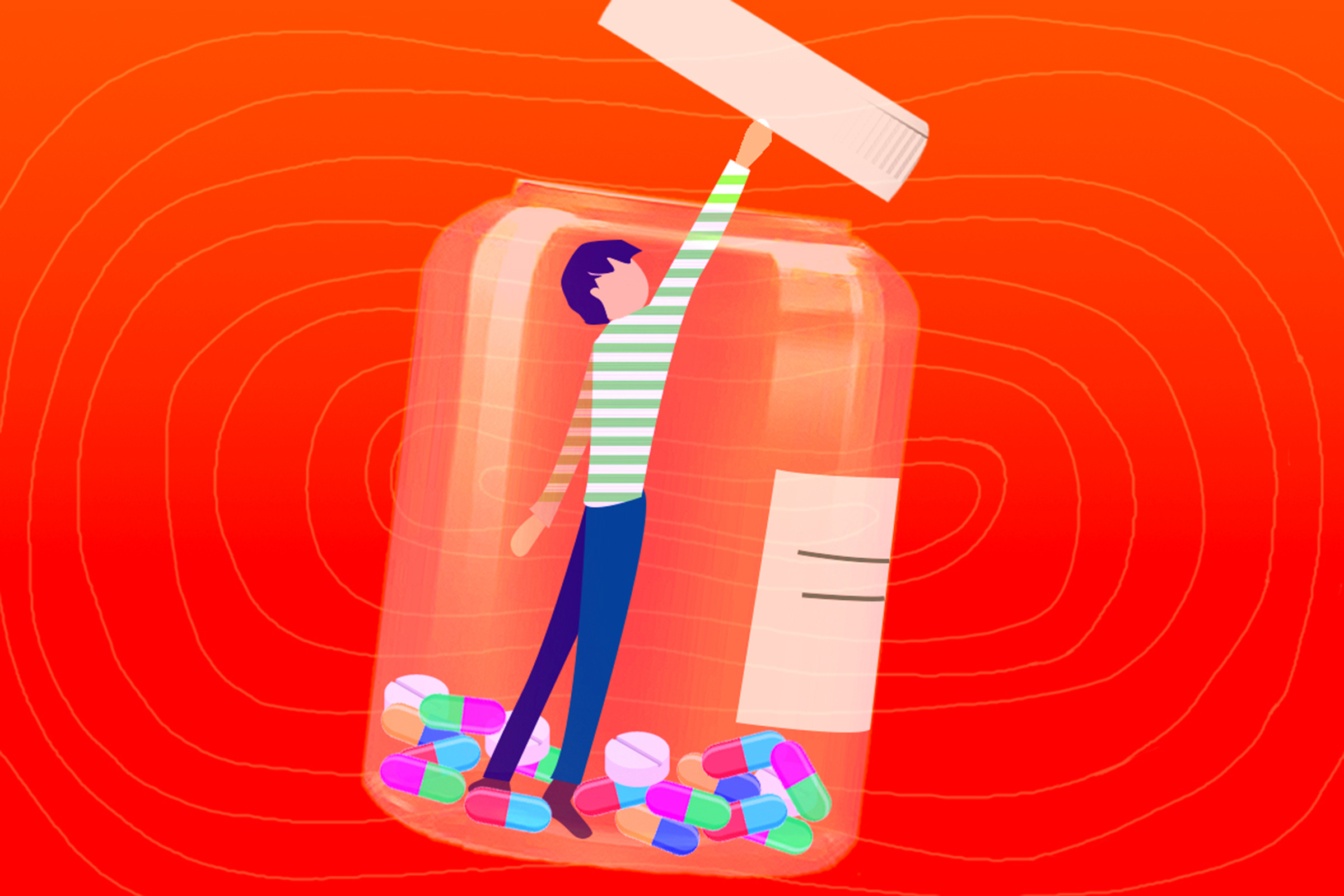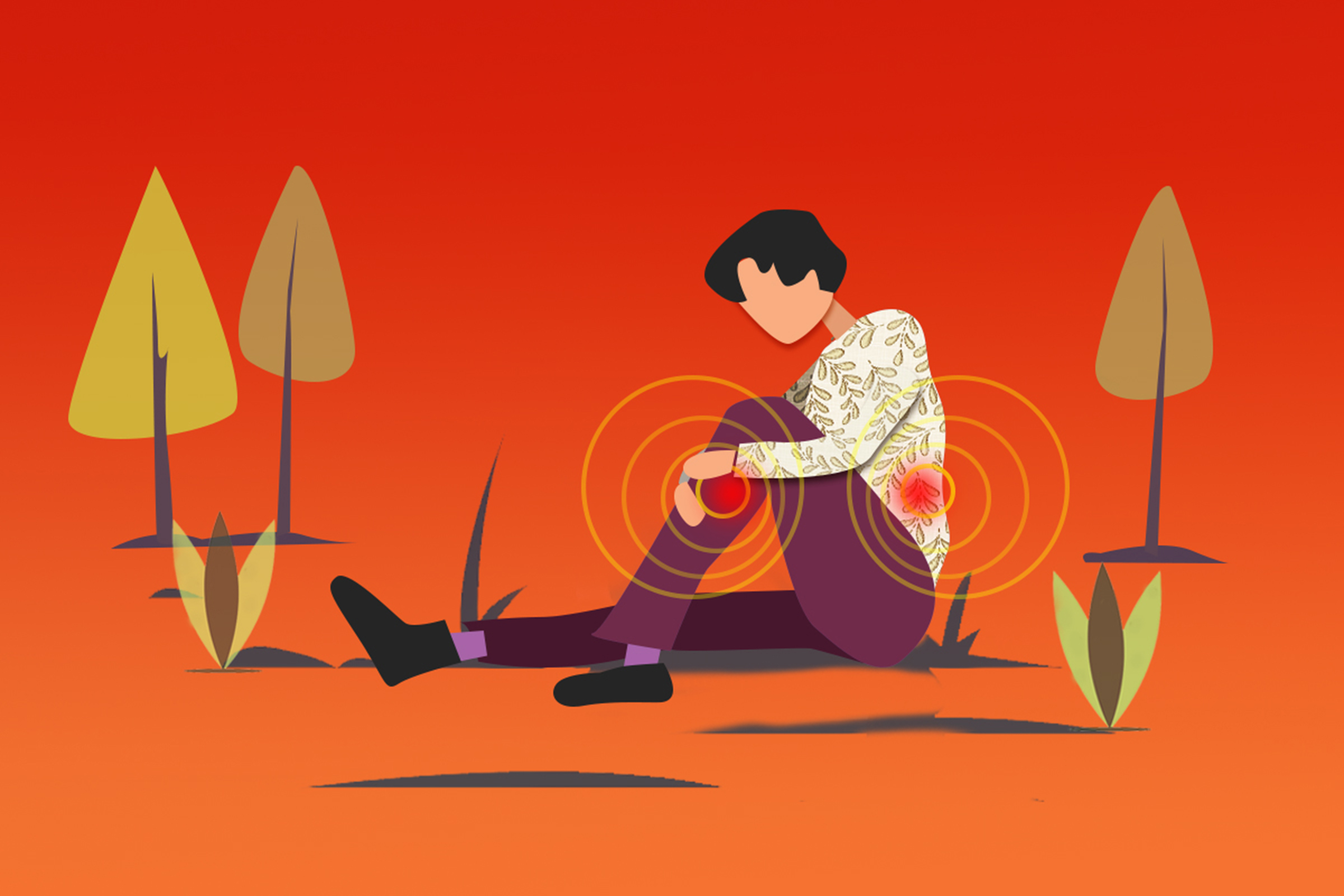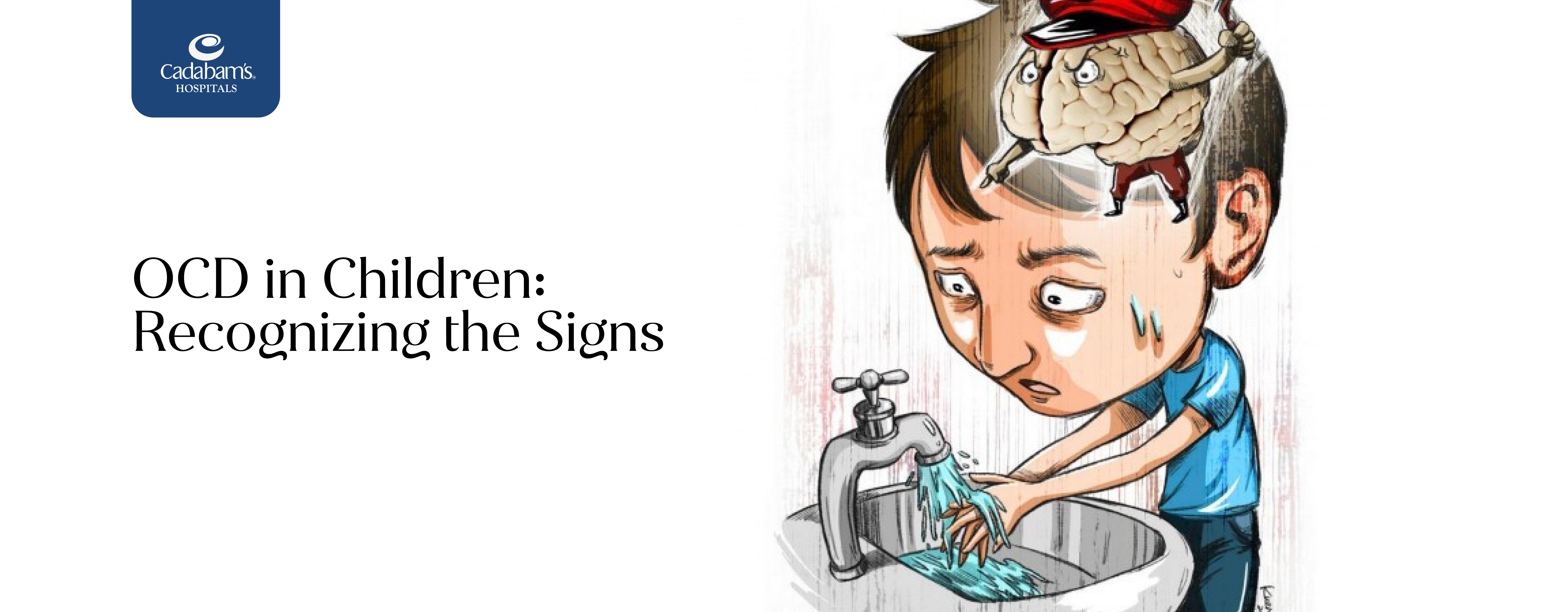What is Biofeedback Therapy?
Biofeedback therapy is a non-invasive technique through which one can teach a person how to control any physiological function, such as heartbeat, muscle tension, or brainwave activity with the help of real-time feedback.
Through biofeedback, you become more conscious of their bodily responses and develop appropriate skills for regulating those responses consciously.
Biofeedback is a treatment that employs electronic sensors used to monitor and display physiological signals for you to gain insight into how to minimise the severity of your symptoms associated with anxiety, stress, etc., as well as problems related to OCD.
In recognition of its merit in the fight against mental health disorders, We at Cadabam’s Hospitals, Bangalore have been at the forefront of incorporating this treatment for individuals with OCD.
The Science Behind Biofeedback
Biofeedback provides continuous information on automatic physiological processes controlled within the body like heart beats, skin temperature, or the degree of brainwave activity.
This real-time information enables you to witness how your body would react to the elements of stress and anxiety, providing you with an occasion to learn techniques to self-regulate these reactions.
Over time, this information eventually leads to better emotional regulation, reduction in stressing, and diminishment of the symptoms of OCD.
Biofeedback can enhance the capability of the brain to manage emotional behaviours and, thus, forms a marvellous complementary therapy for persons suffering from OCD.
Biofeedback vs. Traditional Therapies
Traditionally, treatments of OCD patients include CBT, medication, and so on. While these interventions have shown efficacy in many individuals, they do not account for the physiological force that contributes to the symptoms.
Biofeedback treatment is concerned with the physiological aspect of patients to regulate your body’s response. So, this can be considered an overall approach to treating the condition.
As mentioned above, Cadabam’s Hospital in Bangalore uses Biofeedback in normal treatment therapies offered for a more holistic treatment of the individual’s mind as well as their body.
Safety and Efficacy of Biofeedback
Biofeedback is a safe, non-invasive procedure with minimal side effects. It is ideal as it does not involve any medication or surgery to treat it.
Individuals who are sensitive to pharmaceutical treatment or prefer to avoid them may also be considered for this therapy as it involves neither medication nor surgery.
It has been proved that biofeedback reduces the symptoms of OCD by effectively combining different therapeutic interventions.
The therapy has the effect of enhancing familiarity and control over physiological responses, resulting in long-term improvement in mental health and well-being.
How Biofeedback Transforms OCD Treatment in Bangalore
Biofeedback therapy is actually revolutionising the management of OCD in Bangalore by giving a potential way of dealing with the symptoms. Biofeedback helps you to gain control over the physiological response to stress or anxiety and can empower you to be active participants in their treatment towards better outcome.
At Cadabam’s Hospitals in Bangalore, we include Biofeedback therapy in personalised treatment plans to offers a holistic approach to the management of OCD.
Benefits of biofeedback for OCD patients
Reduced Symptoms: The biofeedback equips the patients with an understanding of regulating their physiological expressions, like heart rate, as well as muscle tension, to their OCD symptoms. It leads to reduced compulsions and lessened intensity of the same compulsions, which are manifestations of reduced symptoms.
Better Stress Management: Another major cause and trigger of OCD is stress, which biofeedback helps a patient learn to recognise and control. Patients can achieve better emotional stability and well-being by learning how to decrease stress and prevent it from worsening the symptoms.
Improved Mental Health: With regular biofeedback therapy, the patients develop better skills of emotional regulation hence they may better manage and control anxiety and stress levels. This builds up resilient defence against the effects of OCD, improving mental health and aspects of quality life.
Enhances Emotional Regulation and Stress Management
Biofeedback therapy educates you about the interaction between stress, anxiety, and OCD. You are able to learn how to regulate their stress levels through feedback, so there is a reduced chance that the compulsions or obsessions will be triggered.
Such successful regulation of emotions greatly contributes to managing OCD.
Improves Symptom Management
Traditionally, most individuals with OCD require some time before any noticeable changes can be observed from such treatments.
Biofeedback accelerates the management of symptoms because you will acquire control over your biological response and then reduce the urge to carry out compulsive behaviours.
Boosts Patient Engagement and Self-Awareness
The real-time feedback gives you a better sense of awareness over themselves, and hence, the feeling of empowerment to manage their condition.
Active participation is therefore one of the most significant benefits of biofeedback.
How Biofeedback Complements Traditional OCD Treatments
While there is no substitute for conventional treatments with drugs or cognitive-behavioural therapy, biofeedback aligns these with some focus on the physiological parameters of OCD.
CBT helps a patient dislodge irrational thoughts and behaviours, the data given by biofeedback supplements this process by guiding you to control your body’s responses to stress, which in turn reduces the severity of OCD.
Navigating the Biofeedback Process for OCD in Bangalore
The entire process of biofeedback has several stages; beginning with an initial evaluation, sessions of treatment will then be held on regular basis for monitoring progress and altering the course of treatment if necessary.
At Cadabam’s Hospitals in Bangalore, we make sure that you receive the best individual care during all sessions of biofeedback therapy.
Steps involved in biofeedback therapy
The first step to biofeedback therapy is the initial assessment. Here, you will undergo an intake examination of your symptoms, levels of stress, and overall health to enable development of a personalised treatment plan.
The next steps include you being fitted with electrodes on your body parts that observe the physiological reactions, including heart rate, skin temperature, and brain wave activity.
It is through the feedback from these electrodes that will allow you to learn techniques of controlling their bodily response.
Patient preparation and involvement
With biofeedback therapy, you are highly involved and participates entirely in the sessions. This is done by educating you on how to recognise the physiological responses connected with your symptoms of OCD and then helps you learn how to control these responses.
It may demand concentration and commitment but can vastly help with symptom control.
Monitoring and interpreting biofeedback results
Results of biofeedback follow up at each session. This information will then be reviewed by professionals to create knowledge about your progress. In turn, this information updates treatment in ensuring that therapy remains effective and focused on your needs.
Customising Biofeedback Therapy for Individual Needs in Bangalore
Biofeedback treatment is highly customised to meet the needs of each patient because the treatment plans will be designed individually based on the requirements of patients.
At Cadabam’s Hospital in Bangalore, our therapists work close to you to make sure that therapy is a fit to your goals, therefore ensuring progress.
Assessing individual patient needs
Evaluation is necessary before commencing the Biofeedback therapy. This is because it helps the professional in understanding your symptoms, it’s occurrence, it’s triggers and your medical history.
Developing personalised biofeedback plans
A biofeedback plan, in particular, is adapted according to your needs after the initial assessment. Target areas for biofeedback will be areas of teaching emotional regulation and stress management in areas most likely to help you with biofeedback.
Adjusting therapy based on patient response and progress
Frequent follow-ups on the patient are done in the treatment process, and the treatment plans are also altered accordingly.
This flexible approach ensures that therapy is both successful in the acute management of OCD symptoms and sustainable over the long term.
Integrating Biofeedback into Holistic OCD Care in Bangalore
Biofeedback therapy comprises of one of the components in a comprehensive treatment for OCD. By integrating biofeedback with other therapeutic modalities, you receive a holistic approach to managing your condition.
Role of biofeedback in a broader treatment plan
Biofeedback extends the treatment to include psychotherapy and medication. It deals with physiological causes of OCD by supplementing other kinds of treatments and therefore bringing a higher success rate in treatment.
Collaborating with mental health professionals
Our team at Cadabam’s Hospitals in Bangalore use multidisciplinary mental health plans. They work together to ensure that you receive the best care possible. This collaborative approach ensures that biofeedback therapy is integrated seamlessly into a broader treatment plan.
Ensuring a multidisciplinary approach to care
The combination of biofeedback with other treatments, such as CBT and medication, is offered as a holistic treatment approach that specifically targets the mental, emotional, and physical dimensions of OCD.
The benefits of treatment overall are increased, and potential avenues for sustained recovery are expanded through this multicomponent treatment.
Find the Best Biofeedback Therapy for OCD Management
If you or a loved one are seeking effective treatment for OCD, biofeedback therapy may be a beneficial option.
This technique helps manage symptoms by enabling you to control physiological responses linked to anxiety and compulsive behaviours, ultimately improving quality of your life.
Cadabam’s Hospital: Pioneering Biofeedback Therapy for OCD in Bangalore
Cadabam’s Hospital Breaks new ground in Bangalore with Biofeedback Therapy for Obsessive Compulsive Disorders.
Our top-notch biofeedback therapy for OCD accompanied by well-experienced teams, advanced facilities, and commitment to personalised care. We leave no stone unturned in helping you achieve the best possible outcomes in managing OCD.
Our Expertise in Biofeedback Therapy for OCD
With a team of specially trained professionals who specialise in biofeedback therapy, we provide quality care that guarantees effective progress.
Assessment and Personalised Treatment Planning for OCD
Biofeedback therapy begins with an assessment of what a patient specifically needs. In this type of analysis, we consider the symptoms, triggers, and the general health status and prepare a plan that targets these specific issues.
State-of-the-Art Facilities and Supportive Environment for OCD
Our centre is well-equipped with the latest biofeedback technology to enable us to provide the best possible care to patients.
The friendly and comforting ambience of Cadabam’s Hospital in Bangalore enables you to relax and focus on their treatment. We make sure that the patient’s comfort and privacy are given top priority, thus making space for healing.
Ongoing Support and Monitoring for OCD
At Cadabam’s Hospitals in Bangalore, Biofeedback therapy is a continuous treatment. Observing the developments on a regular follow-up basis will ensure that the treatment schedule continues to be effective and may change according to your responses.
Comprehensive Care Approach at Cadabam’s for OCD
At Cadabam’s Hospitals in Bangalore we integrate biofeedback with other therapies like CBT and medicines in the treatment of OCD.
This broad treatment makes sure all the elements of your mental illness are adequately diagnosed, hence offering a more probable basis for lasting recovery. It increases control over your symptoms to allow you to lead a fulfilling life.
Top OCD Doctors at Cadabam’s Hospitals
OCD Psychiatrist in Hyderabad | OCD Psychologist in Hyderabad | OCD Therapist in Hyderabad | OCD Therapist in Bangalore | OCD Psychiatrist in Bangalore | OCD Psychologist in Bangalore
Rehabilitation Centres For OCD at Cadabam’s Hospital
OCD Rehab in Bangalore | OCD Rehab in Hyderabad
Best OCD Treatments Offered at Cadabams
OCD Online Counselling Hyderabad | OCD Online Counselling Bangalore | OCD PsychoTherapy Hyderabad | OCD Home Services Bangalore | OCD Group Therapy Bangalore | OCD Group Therapy Hyderabad | OCD CBT Hyderabad | OCD CBT Bangalore | OCD Home Services Hyderabad | OCD Family Therapy Hyderabad | OCD Family Therapy Bangalore | OCD Neurofeedback Hyderabad | OCD Biofeedback Hyderabad | OCD Neurofeedback Bangalore | OCD PsychoTherapy Bangalore | OCD Emergency Bangalore | OCD Emergency Hyderabad
More Additional Resources About OCD
Overcome Religious OCD | PTSD and OCD Connection | Causes of OCD | Obsessive-Compulsive Disorder (OCD) in Children | Overlap Between OCD and Bipolar Disorder | Guide to OCD | Is OCD an Anxiety Disorder
FAQ
How does biofeedback therapy help in OCD management?
Biofeedback therapy supports management of OCD by training patients to enhance physical reactions, such as heart rate and muscle tension.
What can patients expect during a biofeedback session?
In a biofeedback session, patients are attached to sensors that monitor body responses such as skin temperature and heart rate.
This real-time feedback allows for the learning of control techniques by which they may better their ability to cope with stress and manage OCD symptoms under professional guidance.
How is biofeedback therapy integrated with other OCD treatments?
Biofeedback therapy complements OCD treatments like CBT and medication by altering stress-related body response. Therefore, an overall approach appears to address the psychological, neurological, as well as physiological dimensions in OCD, making it more effective as a whole for the treatment process.






























 Available
Available




